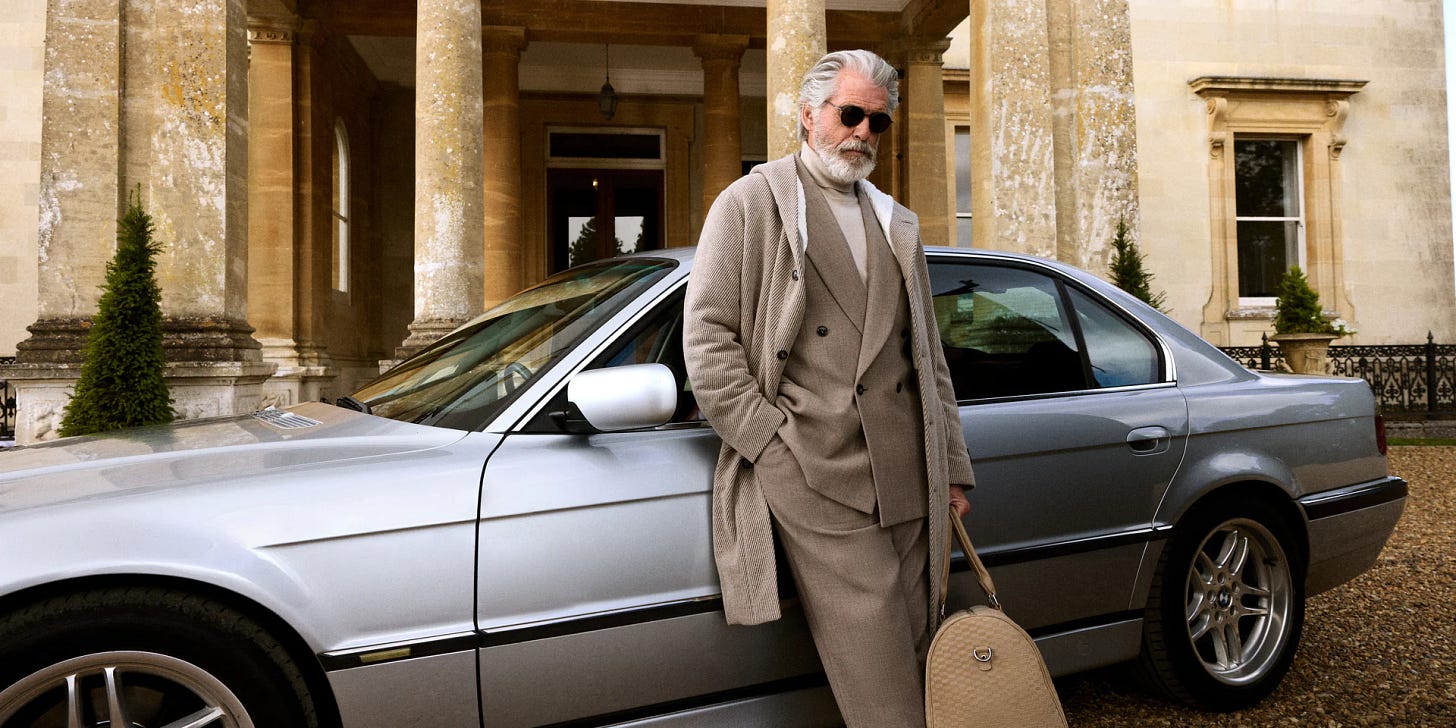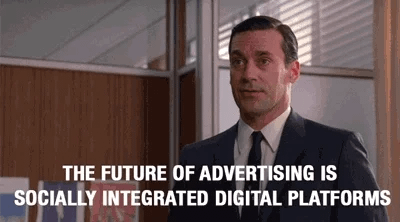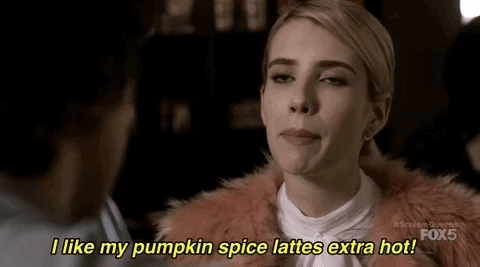Gen Z agrees older = chic 👴🏾👵🏼
Plus: Our new weekly podcast (!!), huge news for TikTok advertisers and more.
Welcome back, Scanner!
DRUMROLL PLEASE 🥁🥁🥁
After years of wanting to produce weekly, long-form content, we’ve finally made it happen!
Introducing: Big Things; a new weekly podcast where Mitzi and Mike (founders & co-owners of Arcade) break down the big things happening in marketing, social media, pop culture and sports. You can catch the show every Friday on podcast players, but if you hop over to YouTube you’ll get to see the full video versions (and our set that’s pretty awesome if we do say so ourselves)!
Now onto our regularly scheduled programming.
📅 CURRENT
TikTok Introduced Keyword Targeting Tools
What’s changing?
TikTok is evolving its ad platform to allow brands to bid on keywords, much like traditional search marketing. Brands can now target campaigns based on the keywords they want (or want to avoid).
Why does it matter?
Last year, TikTok started running ads in search results, but the campaigns were automated and didn’t give advertisers control over what search queries their ads showed up under. Now, advertisers will be able to dial in the exact keywords they want. This change makes TikTok ads more similar to those of big search platforms like Google and Amazon.
What could happen next?
TikTok jumping into the keyword-based search world opens up all new possibilities for advertisers. On a macro level, advertisers who stay up on trends (or even start their own) are more likely to reach their ideal audience. Will we begin to see brands creating trends to place paid ads in search results? And, if brands do increasingly show up in these places, will we start to see ads that feel less like “ads,” without a spin that’s salesly or hook-like and is instead interesting, valuable and compelling?
Scan-o-meter: 📅 📅 📅 📅 / 5
😲 SURPRISING
Why Does Everyone Act Like September Is Fall?
What’s changing?
For some, September feels like an extension of summer, and hearing the words “pumpkin spice latte” are triggering. For others, they’re ready to embrace the cooler temperatures and hayrides. A growing wave of people is falling into the former category, wanting stores and marketing to slow down on the fall content (at least until the solstice).
Why does it matter?
This year Starbucks brought back their fall menu on August 22 (two days earlier than last year). Target brought out fall decorations as early as April. TikTok feeds have been flooded with fall fashion inspo. For people who don’t want to be rushed into the new season, it can create a feeling of dissonance with stores and social media. When we think of the trends we shared in January, people wanting less stress, more rest is a huge indicator that they want to slow down. Should that apply to how marketers approach seasonal campaigns as well?
What could happen next?
This signal had us wondering: is summer just not profitable? If brands can’t see the conversions they want during the summer, does pushing seasonal content up sooner really make a difference? Or does it push brands further out of alignment with what audiences want? How could brands help people feel more at ease? In contrast, if temperatures continue to rise, and summer lasts longer into the “fall months,” do seasons even matter anymore? Do these brand pushes actually help establish milestone moments for how time is passing? Is there a way we could create a market that has nothing to do with temperature?
Scan-o-meter: 😲😲😲 / 5
🎯 SPECIFIC
Stop Hiring Young Models If You Want Gen Z’s Attention

What’s changing?
Brands vying for Gen Z’s attention may opt to look more like Gen Z (with younger models and trendy clothes), but it turns out that this isn’t what the up-and-coming generation is looking for. With Gen Z, the campaigns that capture their attention more often involve an OG actor/model or older person.
Why does it matter?
Naturally, we’d assume that younger people want to get inspiration from other younger people, but this doesn’t seem to be the case with Gen Z. Their affinity for older and OG role models could be due to a few things. For one, with trends so accessible online these days, even older people can copy any trends Gen Z starts – making them feel less unique to the generation. There are also growing conversations around ageism and being able to stay cool at any age, and it seems that Gen Z embraces campaigns that celebrate this.
What could happen next?
While in many ways this is a wonderful direction for marketing (and it’s about time we celebrated aging), it could be a challenge for age diversity. If campaigns featuring older stars aren’t actually for older people, what happens if the next generation isn’t into that creative direction? Do we go back to younger models? How can we ensure we don’t lose any progress against ageism in marketing?
Scan-o-meter: 🎯🎯🎯 / 5
🔍 TREND REPORT IRL
Updates from our Trend Forecast
We loved sharing our first Trend Report with you back in January. As the year goes on, we’ll continue investigating signals that further the conversation around our forecast. Here’s what we’re watching this week:
People want guaranteed value: Pheromone perfumes are beating out other fragrance types.
People want close friends only: Influencers are encouraging followers to attend IRL events to build their communities (and make money).
People want to feel something: LVMH became a Global Partner with F1 for a 10-year agreement starting in 2025.
Want more trend news? Check out our Trend Report: Update!
🤔 BEFORE YOU GO
To help keep these signals top-of-mind, we share 1 question to ask yourself (or your team) in each edition. Your question to mull on this week is:
See you next time 👋






